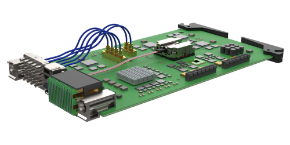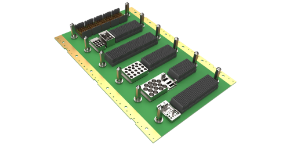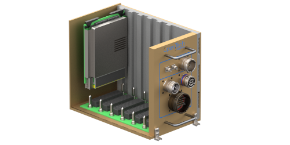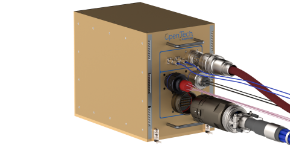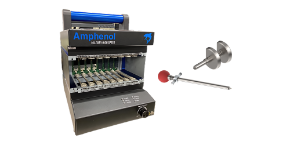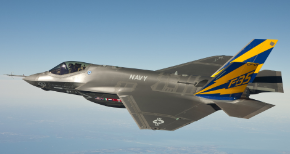The embedded systems landscape, especially in military and aerospace applications, has seen significant advancements with the introduction and adoption of VPX and OpenVPX standards. These standards are revolutionizing the way embedded systems are designed and integrated, offering unparalleled flexibility, scalability, and performance.
What is VPX?
VPX (VITA 46) is a set of standards developed by the VITA (VMEbus International Trade Association) to address the limitations of traditional VMEbus systems. It provides a framework for high-speed data transfer, advanced interconnects, and enhanced power management, making it ideal for demanding applications in defense and aerospace. VPX leverages modern connectivity solutions, including differential signaling and high-speed serial fabrics, to meet the increasing data throughput and processing requirements.
Introduction to OpenVPX
Building upon the VPX framework, OpenVPX (VITA 65) standardizes the system-level interoperability of VPX components. OpenVPX defines a comprehensive system architecture, including backplane profiles, slot profiles, and module profiles, to ensure seamless integration and compatibility among different vendors' products. This standardization facilitates the development of modular and scalable systems, enabling rapid deployment and upgrades.
Key Features and Advantages
- High-Speed Connectivity: VPX and OpenVPX support multiple high-speed serial protocols such as PCI Express, Ethernet, and Serial RapidIO, providing the necessary bandwidth for modern applications.
- Modular Architecture: The modularity of OpenVPX allows designers to create flexible and scalable systems by mixing and matching various modules and backplanes, tailored to specific application needs.
- Enhanced Thermal Management: With increased processing power comes the challenge of managing heat dissipation. VPX standards address this through advanced cooling techniques, including conduction cooling, air cooling, and liquid cooling options.
- Ruggedized Designs: Both VPX and OpenVPX are designed to withstand harsh environmental conditions, making them suitable for military and aerospace applications where reliability and durability are critical.
- Future-Proofing: The evolving standards of VPX and OpenVPX, including recent updates like VITA 78 (SpaceVPX), ensure that these systems can meet future demands and integrate emerging technologies seamlessly.
Applications in Military and Aerospace
The adoption of VPX and OpenVPX is driven by their ability to meet the stringent requirements of military and aerospace applications. These standards are pivotal in the development of mission-critical systems, including radar and sonar systems, electronic warfare, signals intelligence, and command and control systems (Military Embedded Article). The modularity and scalability of OpenVPX also support the rapid prototyping and deployment of new technologies, crucial for maintaining technological superiority.
Conclusion
The VPX and OpenVPX standards represent a significant leap forward in the design and implementation of embedded systems for military and aerospace applications. By providing a robust framework for high-speed data transfer, modularity, and ruggedized design, these standards ensure that embedded systems can meet current and future demands with ease and reliability. As the industry continues to evolve, VPX and OpenVPX will undoubtedly remain at the forefront, driving innovation and enabling new capabilities.

